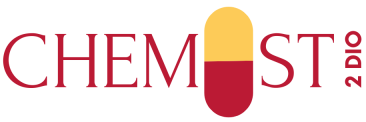Bovine gelatin is a gelling agent-based mainly on animal proteins. The process of making gelatin involves partial hydrolysis of collagen, a protein that is usually present in animal tissues such as bone and skin. Gelatin is finally composed f amino acids that join together by amide linkages to form a long molecular chain. The amino acids perform an imperative function to build the connective tissues in humans. For making gelatin from cow [เจ ลา ติ น จาก วัว, which is the term in Thai], the manufacturers use bovine skin or hide and bones. The manufacturers also ensure that the slaughtering of the cow maintains halal standards.
Commercial-scale manufacturing
When gelatin production happens at a commercial level from a bovine source, the by-products of the meat and leather industries are actually in use. Boiling the skin, mainly the bones of cows, over a certain period will leave gelatin as the residue. It will have a high gel strength. The standard companies create products with a shelf life of around 5 years and sometimes more. Remember that beef gelatin is only halal for consumption if the animal from which the extraction takes place has faced the slaughtering as per Islamic guidelines.
Processing should be appropriate
The strength of the gelatin usually depends on how good the source is and also on the manufacturing process. When the companies use cows as the source, the ligaments and connective tissues must boil properly for the required span for producing the best strength of the gelling agent. The products can act as stabilizers, texturizers, thickener gel capsules, binding agents, and for fast replacements. If you have been strict about avoiding gelatin because the source is pigskin, look in the market for the bovine source gelatin, which is now also equally popular and has great demand in the market.

